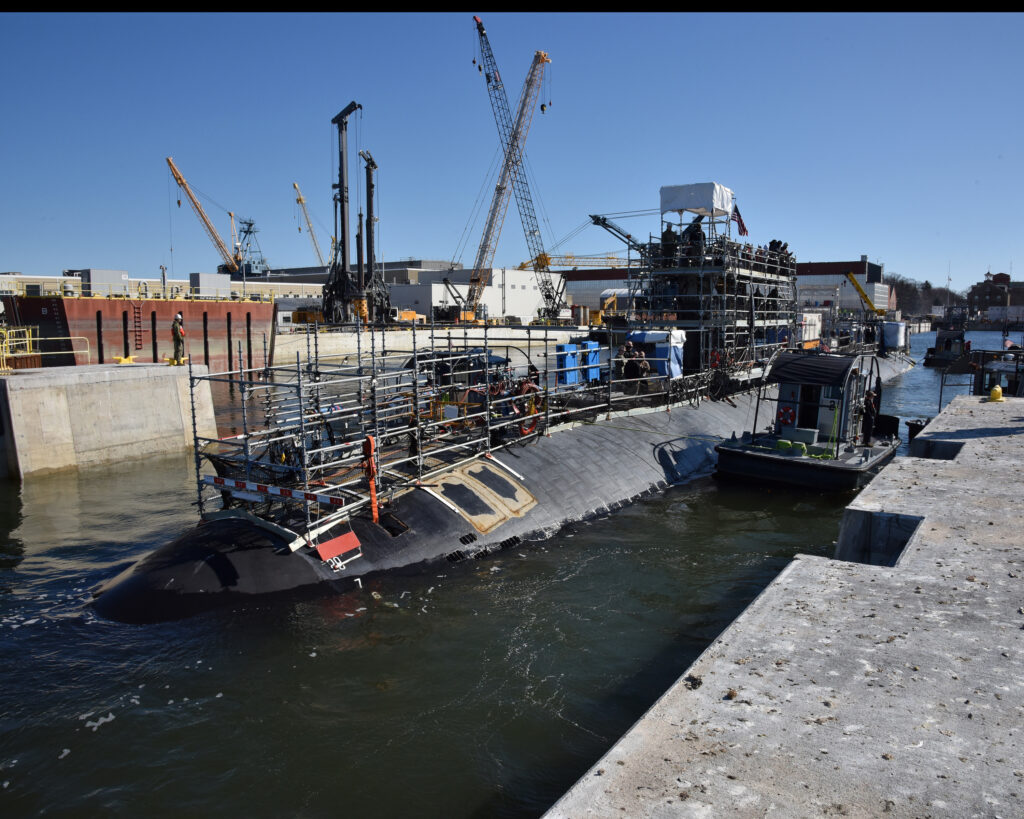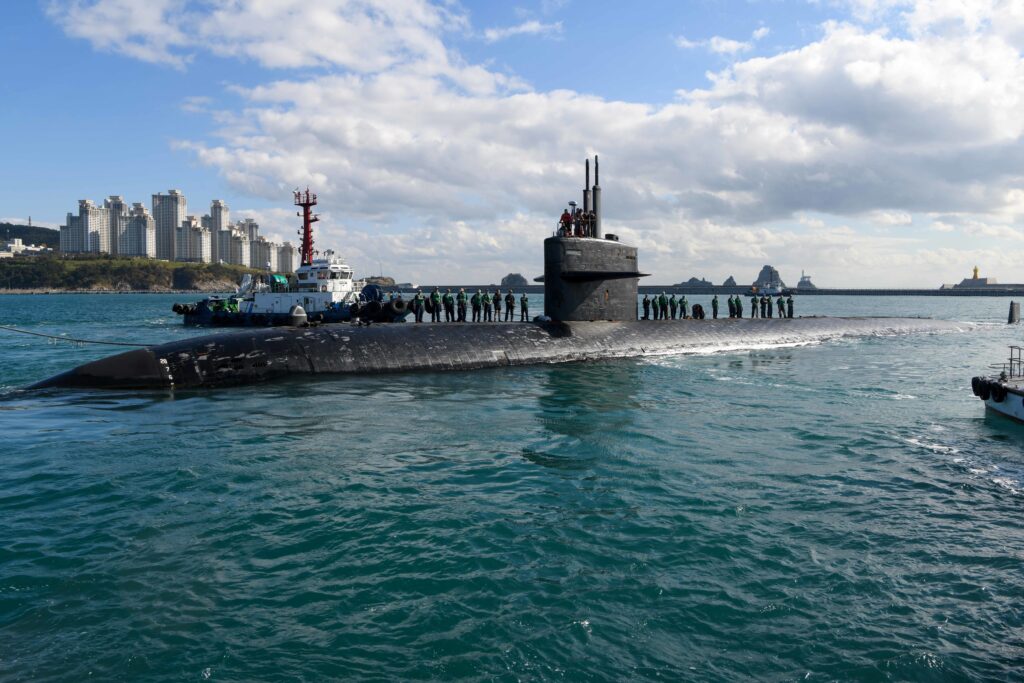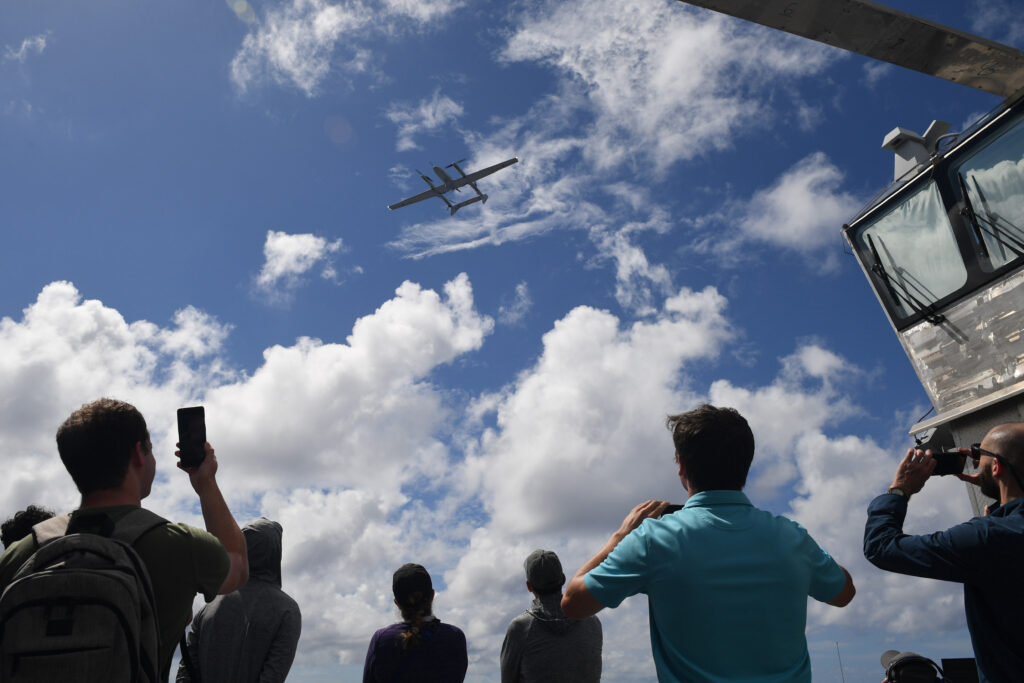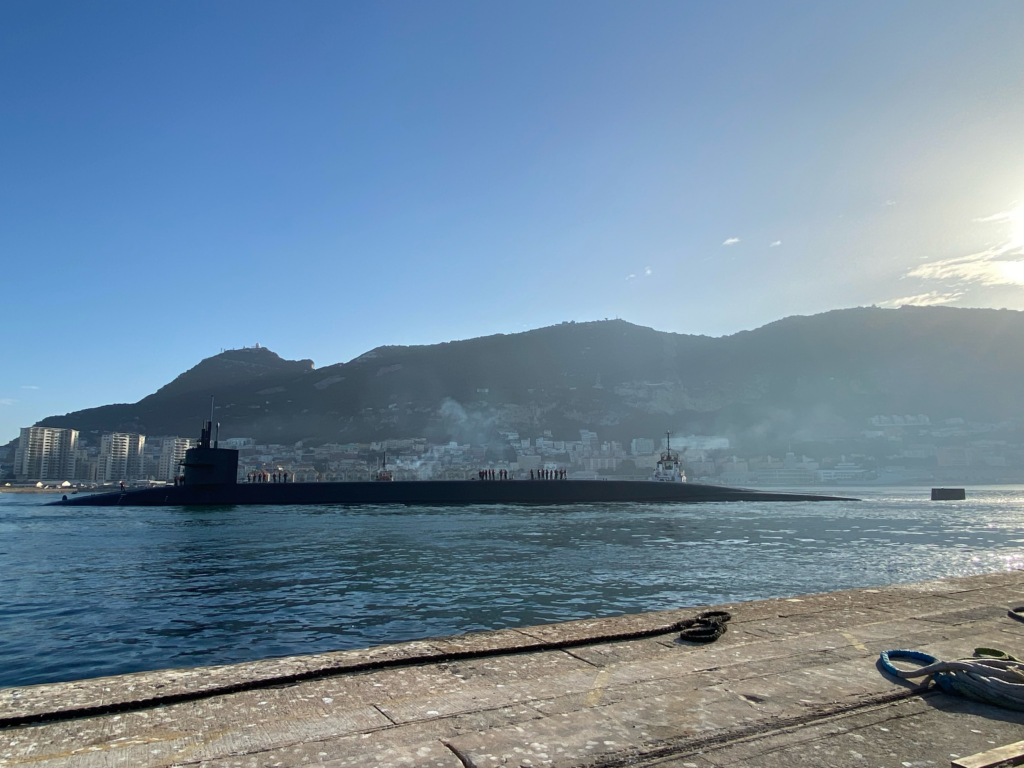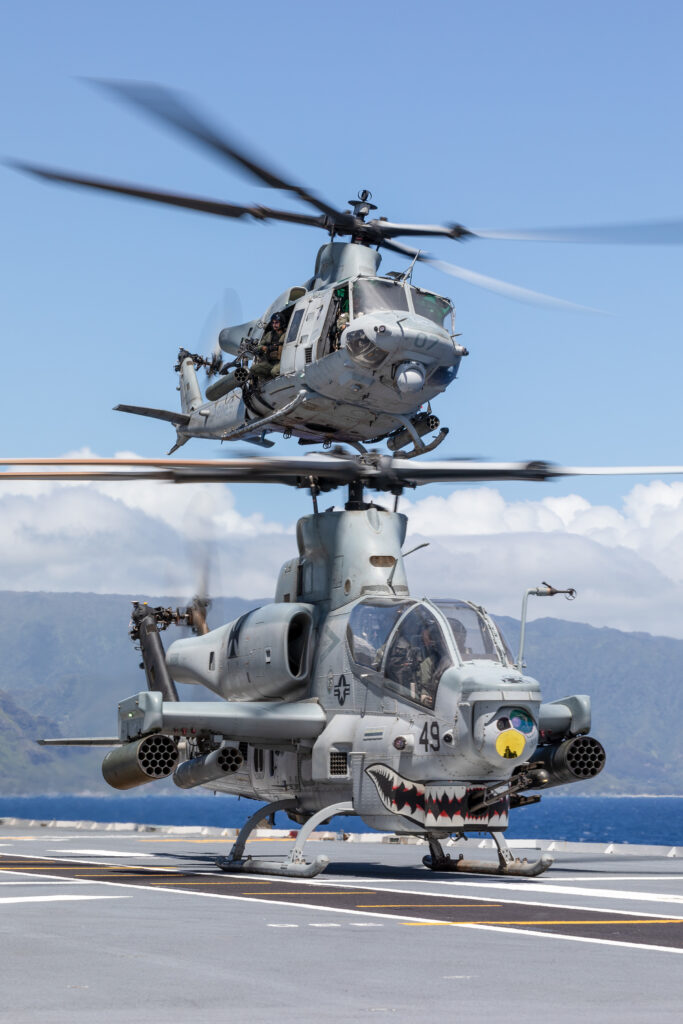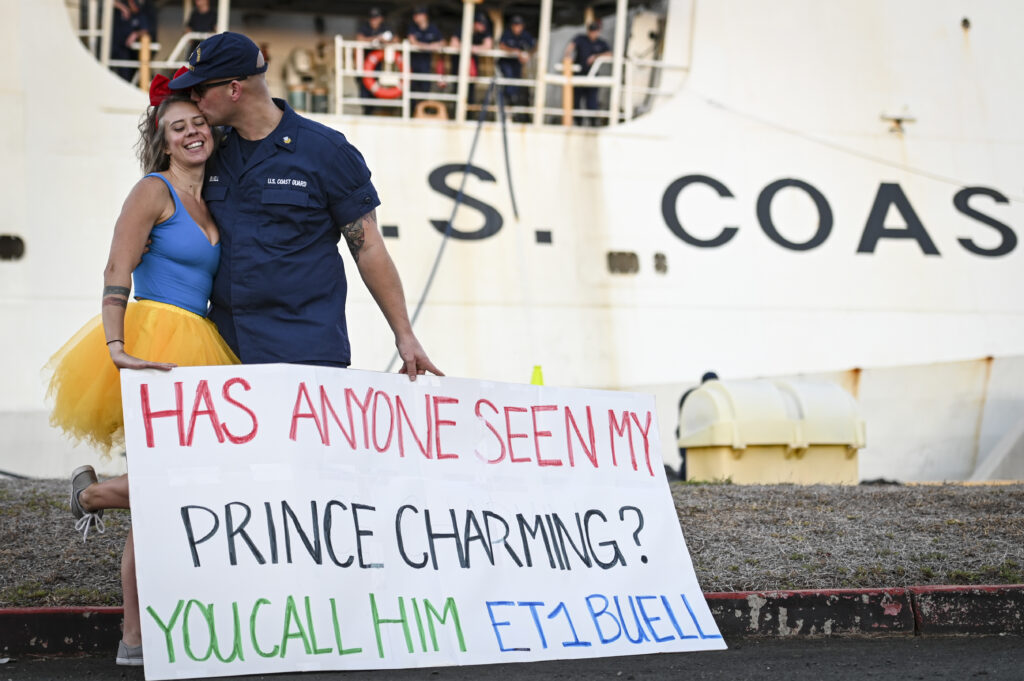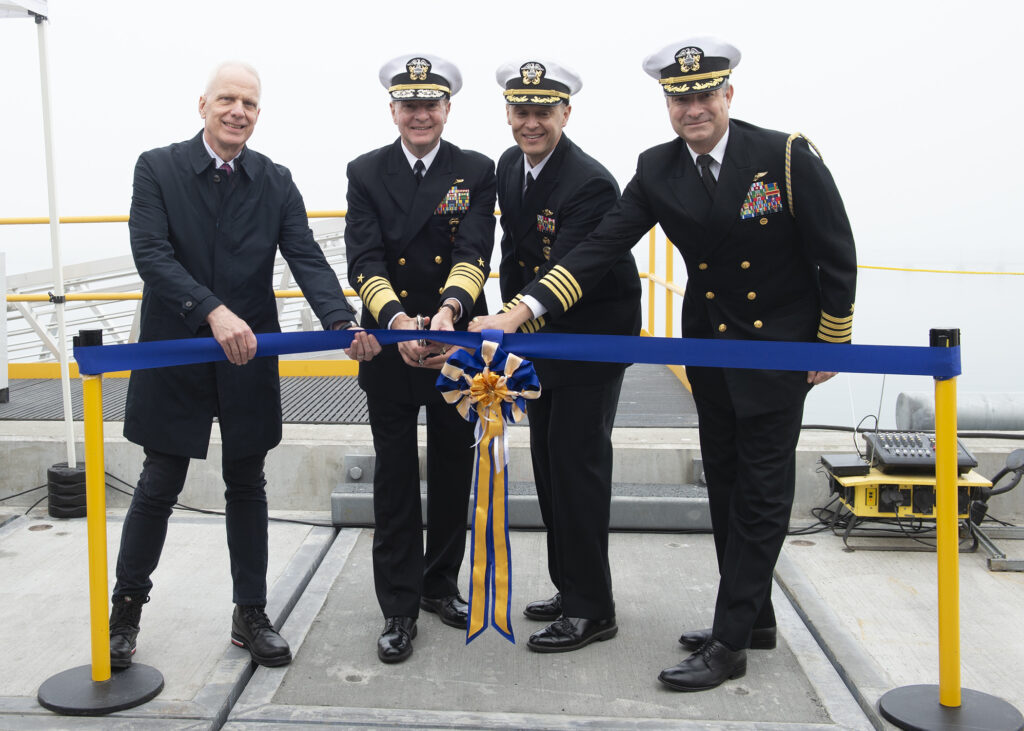CNO Visits Republic of Korea; Meets with ROK Leadership and Sailors
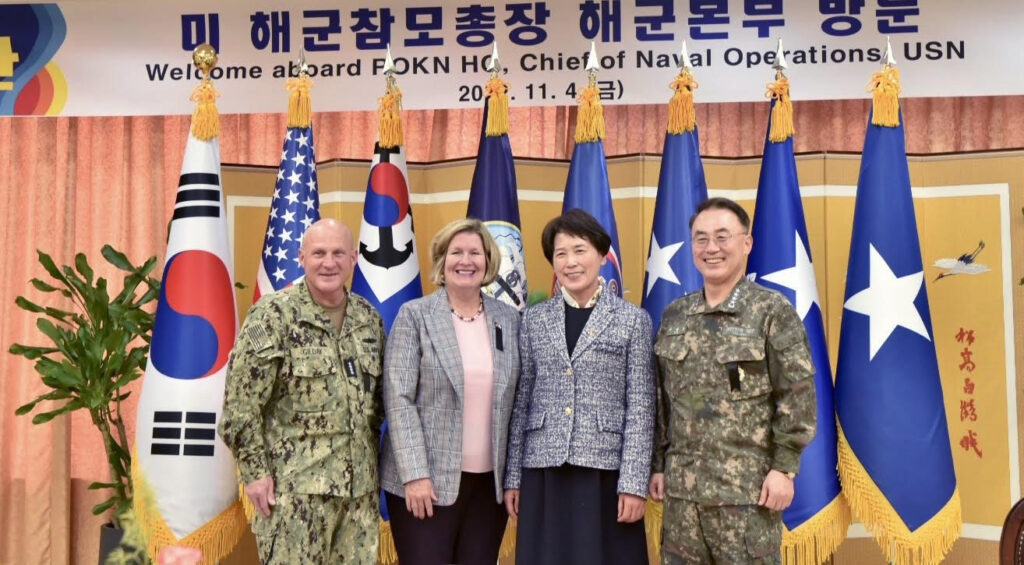
BUSAN, Republic of Korea — Chief of Naval Operations (CNO) Adm. Mike Gilday and his wife Linda Gilday visited the Republic of Korea (ROK), Nov. 3-4, to meet with U.S. Sailors and military leaders, as well as ROK officials, the CNO’s Public Affairs Office said in a Nov. 4 release.
Adm. Gilday met with the Chief of Naval Operations of the Republic of Korea Navy Adm. Lee, Jong-Ho, and Commander, Republic of Korea Fleet Vice Adm. Kang, Dong Hoon.
“The alliance and close relationship between our naval forces is a linchpin of security in Northeast Asia,” said Gilday. “Our alliance provides a stabilizing and deterring presence and our commitment to the defense of the Republic of Korea remains ironclad.”
“Lately, the DPRK [Democratic People’s Republic of Korea] is raising levels of provocation by launching missiles and artillery shells, flying warplanes and seriously threatening peace and security in the international community,” said Lee. “We have to bolster the two navies’ military engagement and combined defense posture to prepare for the current, critical security situation.”
“The U.S. remains committed to peace and prosperity through the region in order to maintain a free and open Indo-Pacific,” Gilday added.
CNO visited Seoul, Busan and Gyerong, ROK. At each engagement, Gilday emphasized the significance of presence and the strength of the partnership between the U.S. and ROK navies, as well as the importance of forward-deployed naval forces. Throughout his visit, Adm. Gilday spoke with U.S. Sailors, as well as service members assigned to the ROK navy.
He also offered his sympathies to ROK following the recent tragedy in Seoul.
“With great sorrow, my wife Linda and I grieve alongside the people of Korea,” said the CNO. “Our hearts are heavy. We will never forget the strength of the families and the community with whom we met over the past two days.”
The Gildays also toured Commander, Naval Forces Korea headquarters, attended an awards ceremony and reenlisted Sailors.
The U.S. and Republic of Korea navies regularly operate together for many bilateral exercises and operations. Joint exercise Vigilant Storm started this week and focuses on building interoperability and readiness. Recently, both navies participated in the Korean-led exercise Hoguk, an annual exercise conducted by ROK marines. The ROK recently also hosted the 2022 Multinational Mine Countermeasures Exercise and Symposium at Busan Naval Base, which was an opportunity for leaders from multiple nations to meet and share knowledge about mine countermeasures.
This past September, USS Ronald Reagan (CVN 76) pulled into Busan, for the first time since 2017, marking the Japan-based carrier’s first trip to the ROK in nearly four years. CNO Gilday visited ROKS Marado (LPH 6112) over the summer during exercise Rim of the Pacific 2022.
Gilday’s visit to ROK precedes a trip to Japan for the Japan Maritime Self Defense Force International Fleet Review and Western Pacific Naval Symposium.
